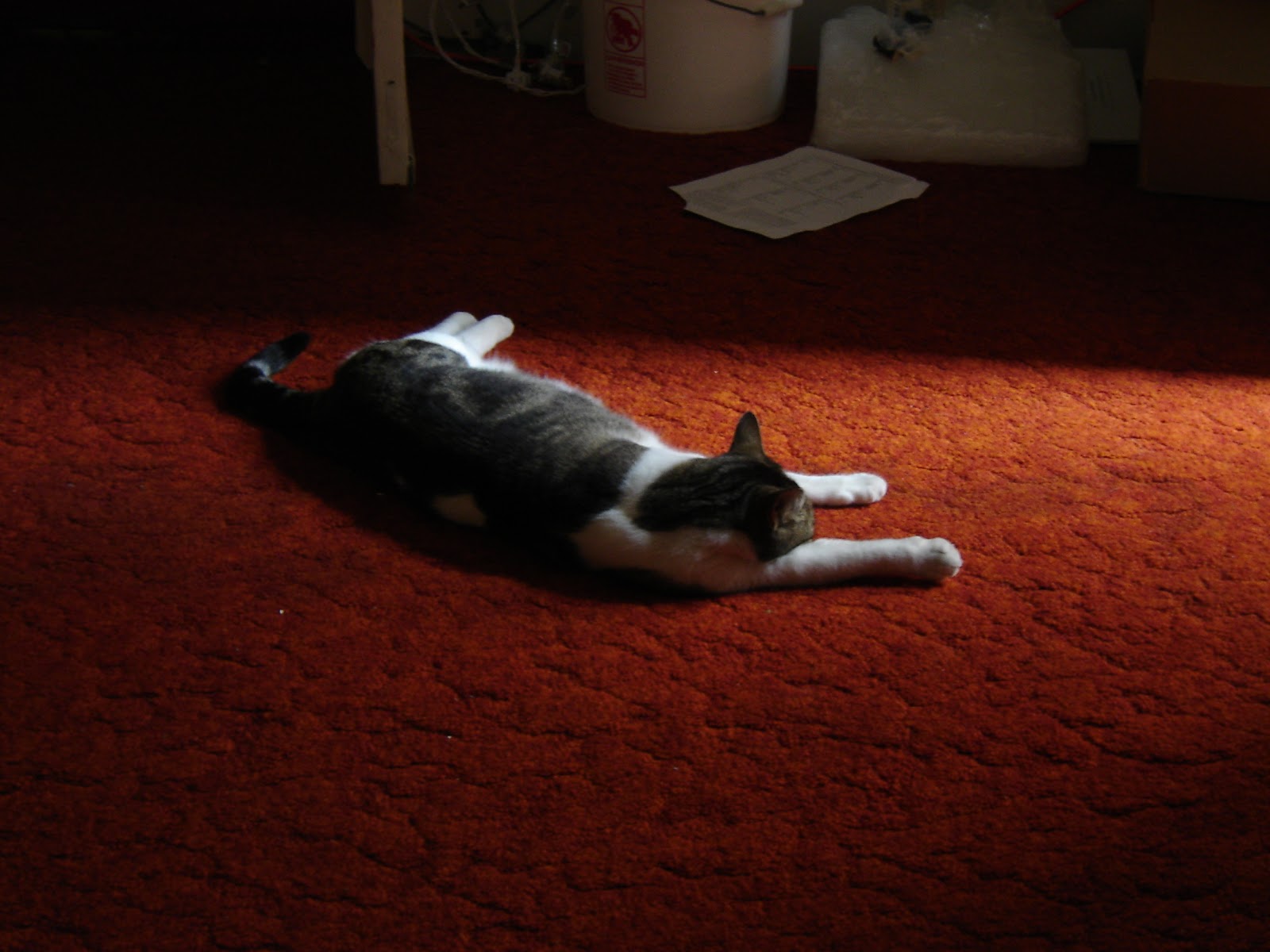I had been ignoring the obvious ring of oil on the top of the ChevOldsmoBuiacs engine for some time. My deep hatred of dealing with rusty fasteners leads me to believe that engines are easier to work on if they have a slight oil leak, preferably high up, to keep the corrosion problem subdued. I think newer cars that have engines wrapped in panels probably have a better time of it, but in cars that you can see the ground from the hood, water is moving in the reverse direction every time they hit a puddle. It's not a leak, it's a self-rejuvenating waterproof coating. At least, that's what I tell myself.
Regardless of what they're called, at some point, these things can get out of control and need attention. The Girly came home from work and announced that the car was making bad smells. It was the first warm day of the year: spring had sprung, the trees were starting to bloom, and the
So, it was time to replace the most obvious oil leak: the valve cover seal.
Airfilter removed, and rag covering the throttle body. You can see a ring of oil around the valve cover, especially near the bolts. The round object behind the valve cover is the EGR valve. That almost has to be removed to get the last cover bolt out. The EGR valve is held in with steel bolt in the aluminum intake manifold, and after ~26 years, were quite corroded. It's the worst part of the job.
Oil leaking down the front of the block, and dripping on the exhaust. At least most of the bolts on the valve cover were not rusted in... they were coated with oil.
Valve cover removed and rocker arms, push rods, and valve stems visible. The top end of the Iron Duke visible for inspection.
The EGR valve flowpath.
There's a lot of small particles in there... perhaps the intake need to be cleaned. There is a gasket on the EGR valve body that helps it easily come off. The bolts were tapped all the way through the intake manifold, so the corroded ends bunged up the threads in the manifold on the way out. I had to chase the threads with a tap (M8-1.25) and replace the bolts when I put the EGR valve back on. At least the original ERG valve appears to still work. It moved freely and had a clean vacuum seal.
Underside of the valve cover. There are passages that reach below the valve train for the crankcase ventilation system. The one on the left is for the PCV valve, the right is for the rebreather tube. Looking at it this way, it looks like it's designed so that the intake sucks on the PCV at idle and the rebreather when the throttle is opened. I think the passages are to keep oil spray from getting sucked into the lines. No carbon build up.
Valves all look ok, though I didn't check gaps. You can see the oil that has crossed the seal.
T marks on the top of the lifters. Also, if the cover had been removed from a working seal, there would be a defined clean/dirty line on the gasket. Here, there's oil from inside the valve cover, all the way across the gasket, and down the side of the block.
A freshly squeeze RTV copper silicone gasket. The manual said if the car has a cut gasket, get another one, but then it gave different model year for cut gaskets, so I didn't order one. I'm guessing the RTV is fine and they just wrote that to keep the lawyers happy. The lifters aren't touching the cover and it's not (yet) leaking again.

